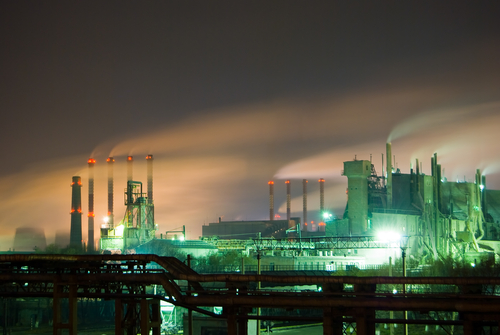Japan’s Strategic Energy Plan Challenges

Please note that we are not authorised to provide any investment advice. The content on this page is for information purposes only.
The Great East Japan Earthquake, the tsunami and the subsequent nuclear power plant accident in Fukushima on 11 March 2011 changed Japan’s energy future drastically. The revised Strategic Energy Plan, which the Japanese Cabinet approved in April 2014, outlines a new conceptual framework for Japan’s energy policy.
The Great East Japan Earthquake, the tsunami and the subsequent nuclear power plant accident in Fukushima on 11 March 2011 changed Japan’s energy future drastically. The revised Strategic Energy Plan, which the Japanese Cabinet approved in April 2014, outlines a new conceptual framework for Japan’s energy policy.
The basic framework of the Strategic Energy Plan encompasses more than earlier plans, as it has expanded the ‘3Es’ — energy security, environment and economic efficiency — to include safety: ‘3Es plus S’. It is a great pity that ‘S’ needed to be added to the plan’s primary goals, because safety had always been regarded as a basic premise. But the Fukushima disaster reminded Japan that it is necessary to prioritise safety actively to prevent serious accidents that could cause casualties.
The new emphasis on ‘3Es plus S’ is supported by policy pillars of diversification and resilience.
The plan stresses the need to diversify energy resources. The previous Strategic Energy Plan, drawn up in 2010, attempted to increase Japan’s dependence on nuclear energy and renewable energy to up to 50 and 20 per cent, respectively, of total power sources. The plan now seems to minimise dependence on nuclear energy while maximising dependence on renewables. Regrettably, it does not specify numerical goals, which may hopefully be determined in the very near future. The plan does provide qualitative goals which indicate that nuclear energy will be an important base load power source in the future.
The plan also emphasises the importance of developing a resilient energy supply structure. This will include enhanced cooperation in expanding relations with oil-producing countries as well as East Asian countries.
It is important to create a more open and competitive business environment, permitting newcomers to enter the electricity and gas markets. This change envisages a complete liberalisation of the power market, including spreading region-wide grid management across nine power companies, liberalising retail markets and unbundling transmission from power generation.
The Strategic Energy Plan seeks to realise a super energy-efficient society by accelerating energy-saving activities, particularly in the household and commercial sectors where energy consumption has continued to increase.
Japan is aiming to improve its self-sufficiency and address climate change, which were already important policies before the 3/11 accident. Self-sufficiency is to be improved by speeding up the commercialisation of unconventional domestic energy sources such as methane hydrate. Addressing climate change requires accelerating technological innovation through initiatives, such as the newly established Innovation for Cool Earth Forum (ICEF). ICEF will invite many world experts representing research institutions, industries and governments to participate.
There remain several challenges that need to be dealt with before Japan can finalise the design of its energy policy to achieve ‘3Es plus S’.
Planning an efficient energy future for Japan is republished with permission from East Asia Forum




